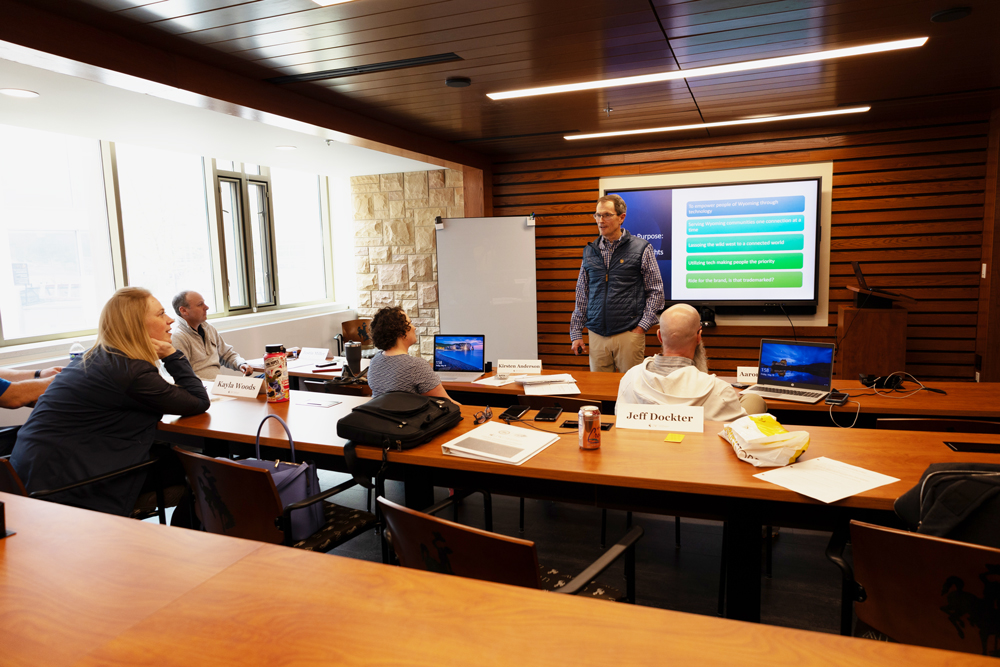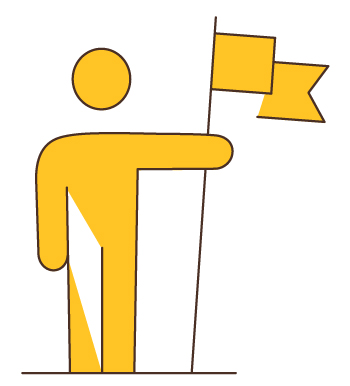

The Cowboy Leadership Experience is an ethics-centered certificate program that facilitates transformational individual and organizational growth by bringing leaders back to their core self. Over a five-day period, participants learn to create thriving organizations by taking a human-centered approach to leadership based on their own personal code of ethics.

Preparing leaders to develop thriving selves, teams, and organizations.
 |
 |
 |
|
Self Awareness Direction Principles |
Team Integrity Consistency Engagement |
Organization Growth Change Thrive |
Using the Cowboy Leadership Model, the program is designed to help organizational leaders:
| Lead on internal ethics in a consistent manner | Gain awareness of and leverage their leadership style | ||
| Gain positive influence among their employees | Build positive coalitions with internal and external stakeholders | ||
| Attract talented employees | Create attractive, feasible strategic plans relative to organizational objectives | ||
| Develop ethical cultures that innovate in a sustainable way | Effectively navigate and respond to changing market conditions and demands | ||
| Create thriving workplaces | Create attractive, feasible strategic plans relative to organizational objectives |
The Cowboys Leadership Experience curriculum is designed through the lens of the PBLE leadership model. The curriculum facilitates the development of a personal improvement plan aimed at helping participants lead on principle to develop positive partnerships and create thriving organizations.
Want to Learn More About Cowboy Ethics?
|